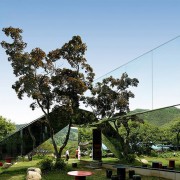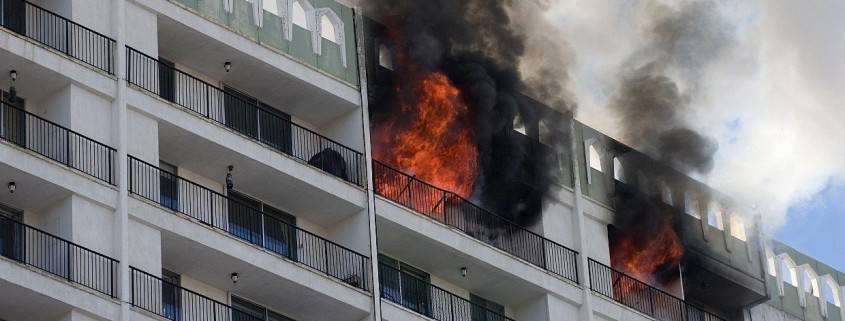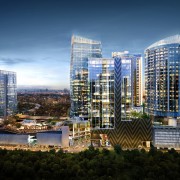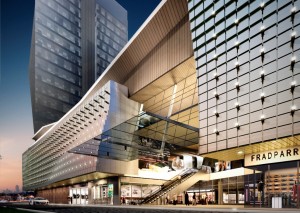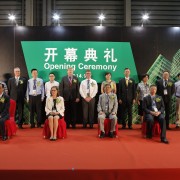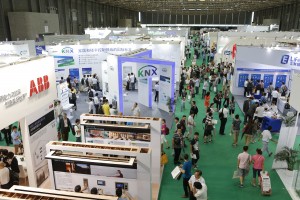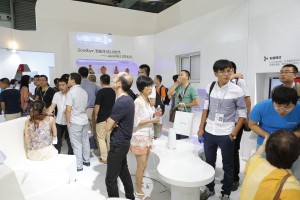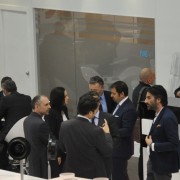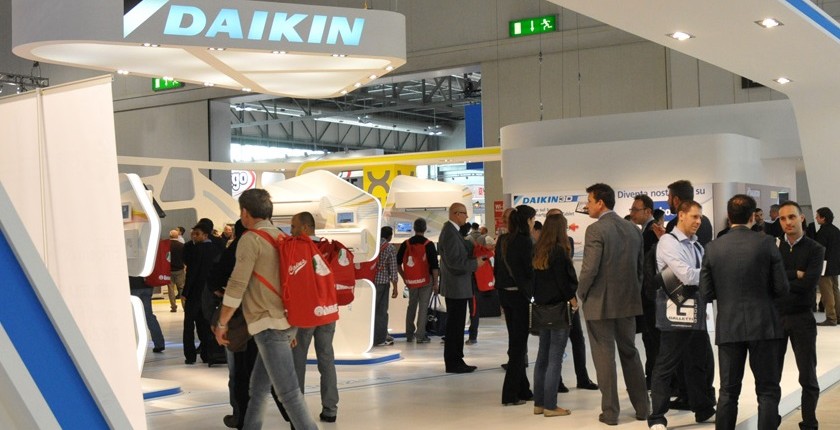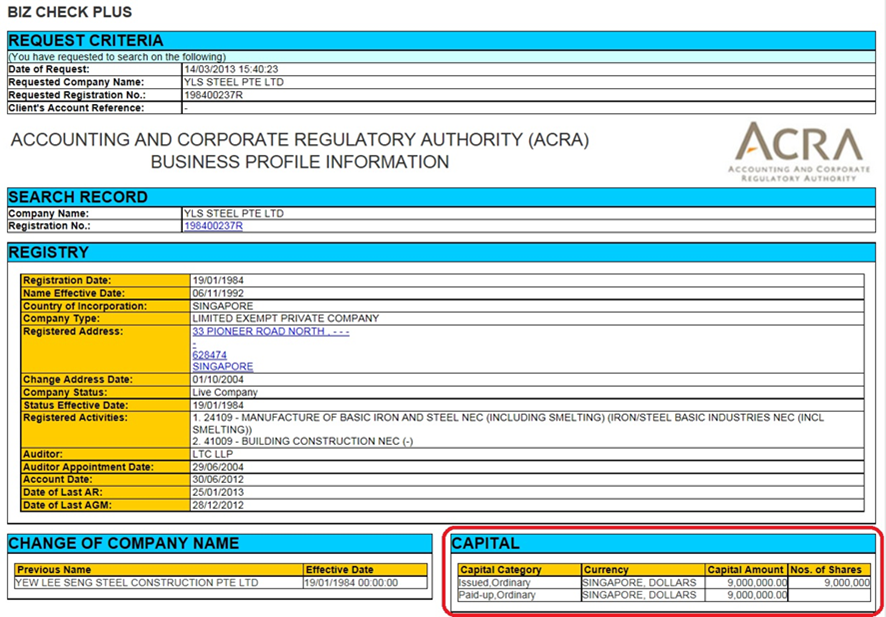Keppel Land tops off International Financial Centre Jakarta Tower Two
The ceremony was witnessed by more than 150 guests, including Guest-of-Honour Franky Sibarani, Chairman of Indonesia Investment Coordinating Board, H.E. Anil Kumar Nayar, Singapore Ambassador to the Republic of Indonesia, Assistant Deputy Governor of Jakarta for Industry, Trade and Transportation, Meri Ernahani, as well as the Board of Directors and senior management of Singaporean developer, Keppel Land.
Image credit: NBBJ
Speaking at the ceremony, Mr Loh Chin Hua, CEO of Keppel Corporation Limited and Chairman of Keppel Land, said,
“Indonesia is one of Keppel Land’s key growth markets where we will continue to build up our presence. International Financial Centre Jakarta Tower Two will further strengthen Keppel Land’s sterling commercial portfolio in Asia as it moves ahead towards completion.
“Indonesia continues to attract a steady flow of foreign direct investments, with financial institutions and businesses investing and expanding their presence in the country. This will underpin the demand for prime Grade A office space.
“We are confident that the strategic location and premium quality of International Financial Centre Jakarta Tower Two will meet the growing needs of multinational and local corporations seeking a prestigious address in Jakarta’s central business district.”
Ahead of its completion in the first quarter of 2016, tenants secured for International Financial Centre Jakarta Tower Two include Servcorp, Tokio Marine, Grant Thornton, Rintis and Ithaca Resources.
International Financial Centre Jakarta is strategically located along Jalan Jenderal Sudirman within the city’s golden triangle zone and enjoys excellent accessibility via key transport routes, such as the Transjakarta busway and future Jakarta mass rapid transit. Designed by leading global architecture and design firm, NBBJ, the 48-storey state-of-the-art Tower Two will offer 50,200 sm of prime Grade A office space when completed.
Keppel Land will also be redeveloping the existing 18-storey Tower One, which was completed in 1985, into a 55-storey office tower that will more than double its net leasable area to approximately 72,800 sm.
International Financial Centre Jakarta Tower Two is the first project in Indonesia to be conferred the highest Green Mark Platinum Award by the Building and Construction Authority of Singapore (BCA). Incorporating the latest innovative green technology, some of the sustainable features of the office tower include the recycling of rainwater for irrigation, use of water- and energy-efficient fittings and double-glazed low emission glass. Keppel Land targets to attain the BCA Green Mark Platinum Award for the redeveloped International Financial Centre Jakarta Tower One as well.
According to a recent report by the World Bank, Indonesia remains a favourable place to invest, and is one of the fastest growing countries in Asia. Jakarta’s population is predicted to grow from 10.2 million in 2014 to 12.5 million by 2030, while the population in Greater Jakarta is expected to grow from 30 million in 2014 to 35 million in 2020. International financial services companies have also given positive assessments of Indonesia, with Standard & Poor’s upping Indonesia’s credit ratings in 2015.
Image credit: NBBJ



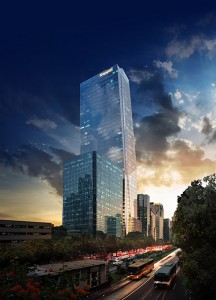
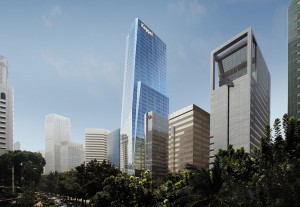
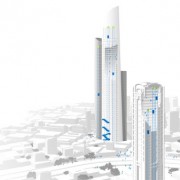
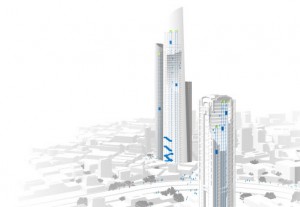 KONE, a global leader in the elevator and escalator industry, has won an order to supply 60 elevators to Sky Park, a highly integrated upcoming development in Cyberjaya, a town within Selangor, Malaysia.
KONE, a global leader in the elevator and escalator industry, has won an order to supply 60 elevators to Sky Park, a highly integrated upcoming development in Cyberjaya, a town within Selangor, Malaysia.